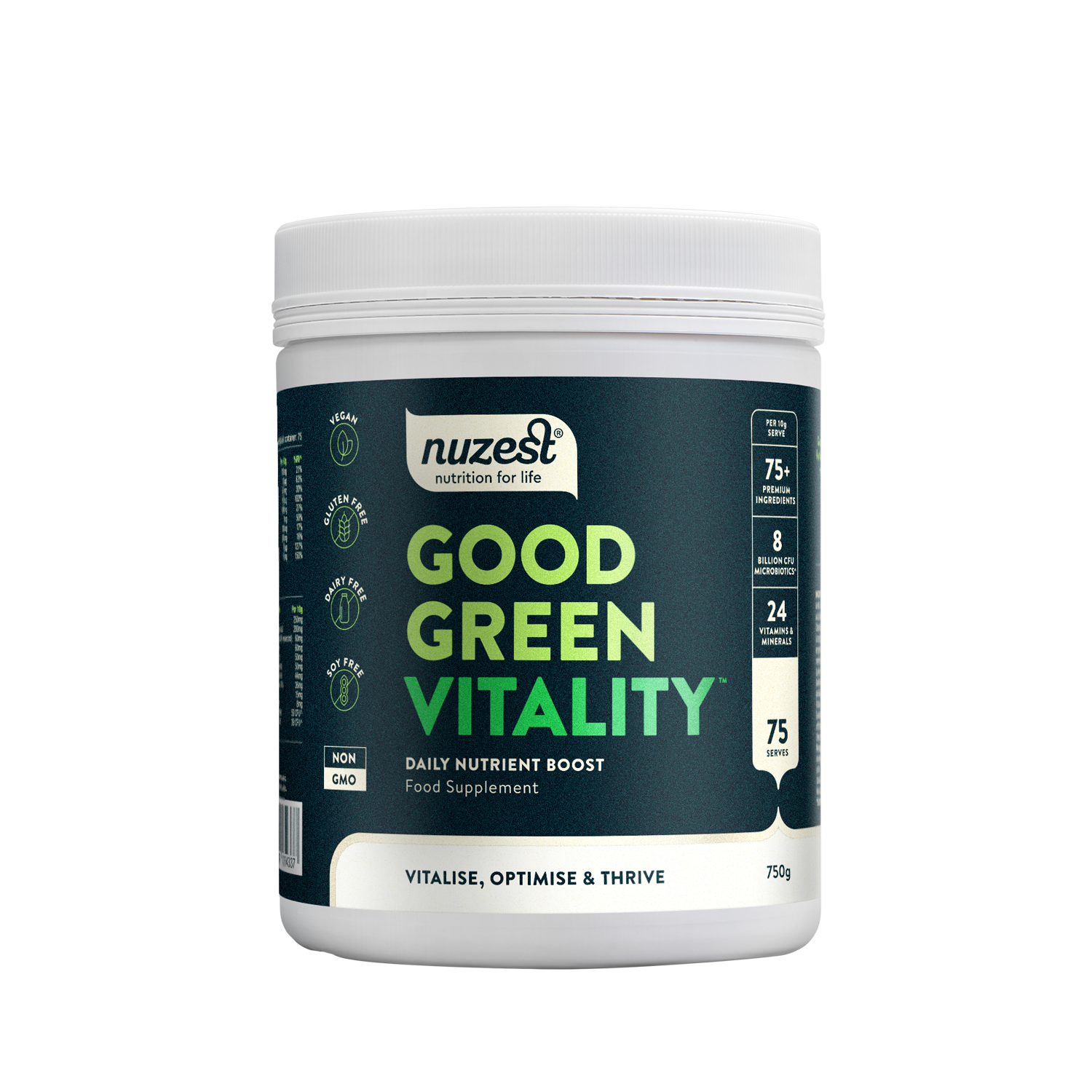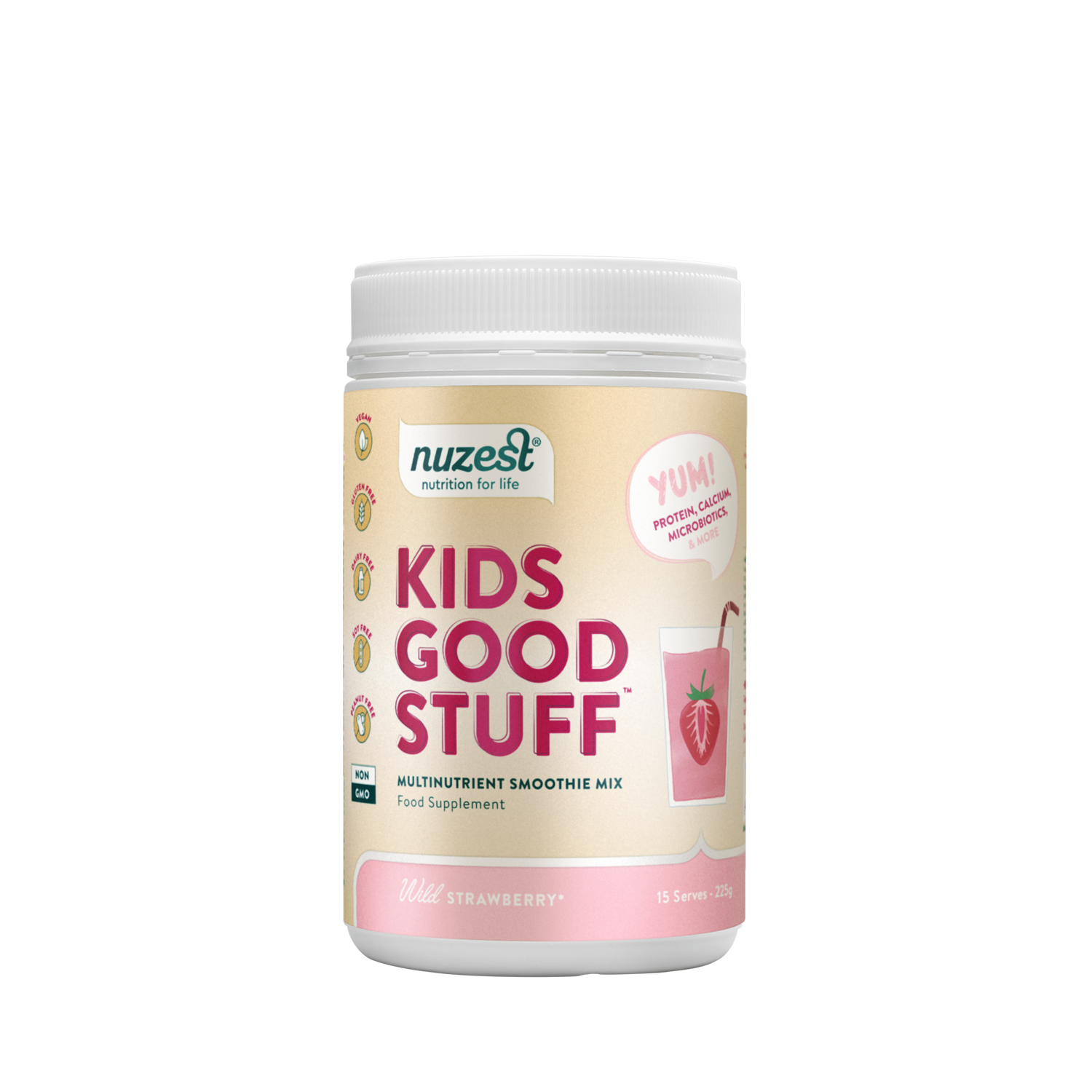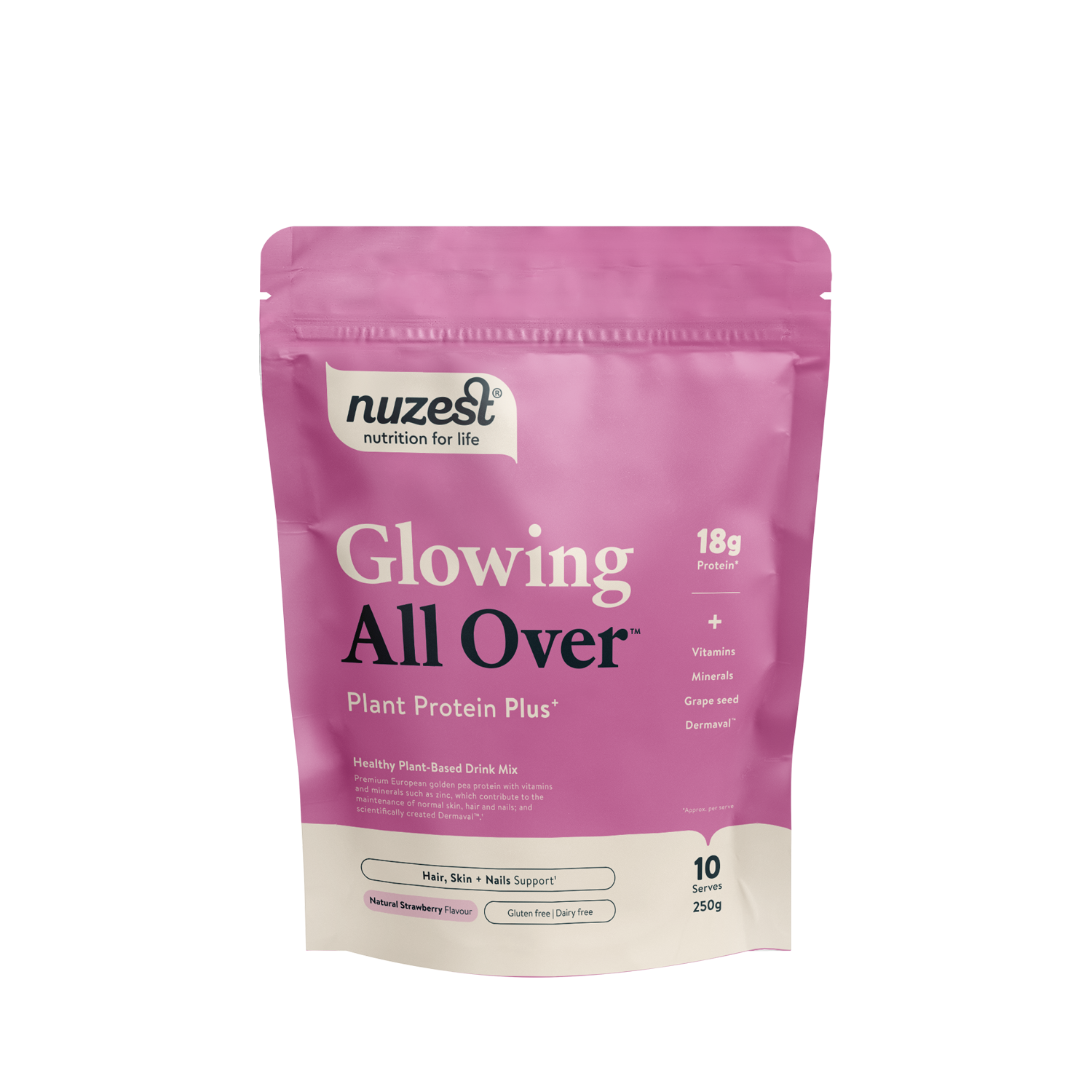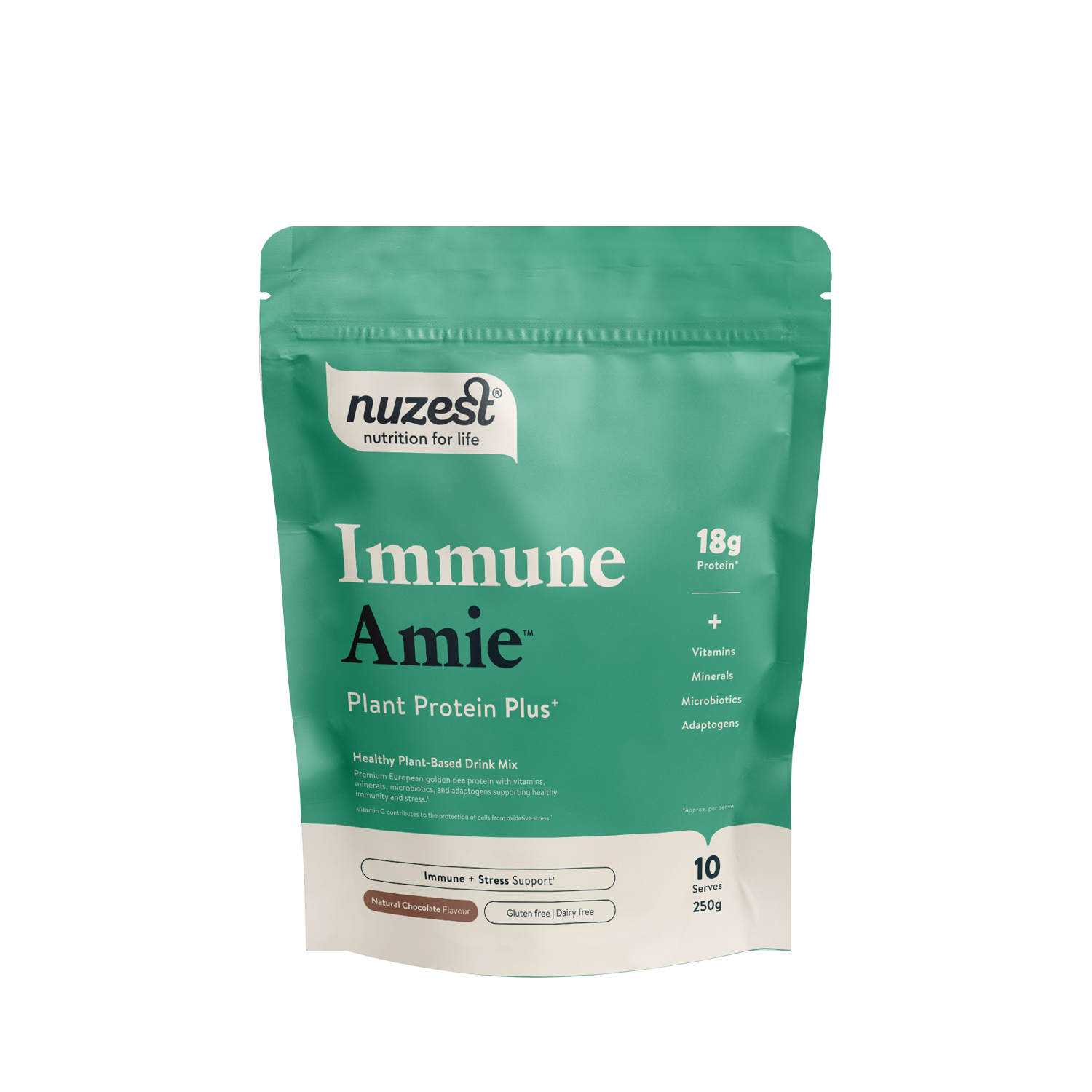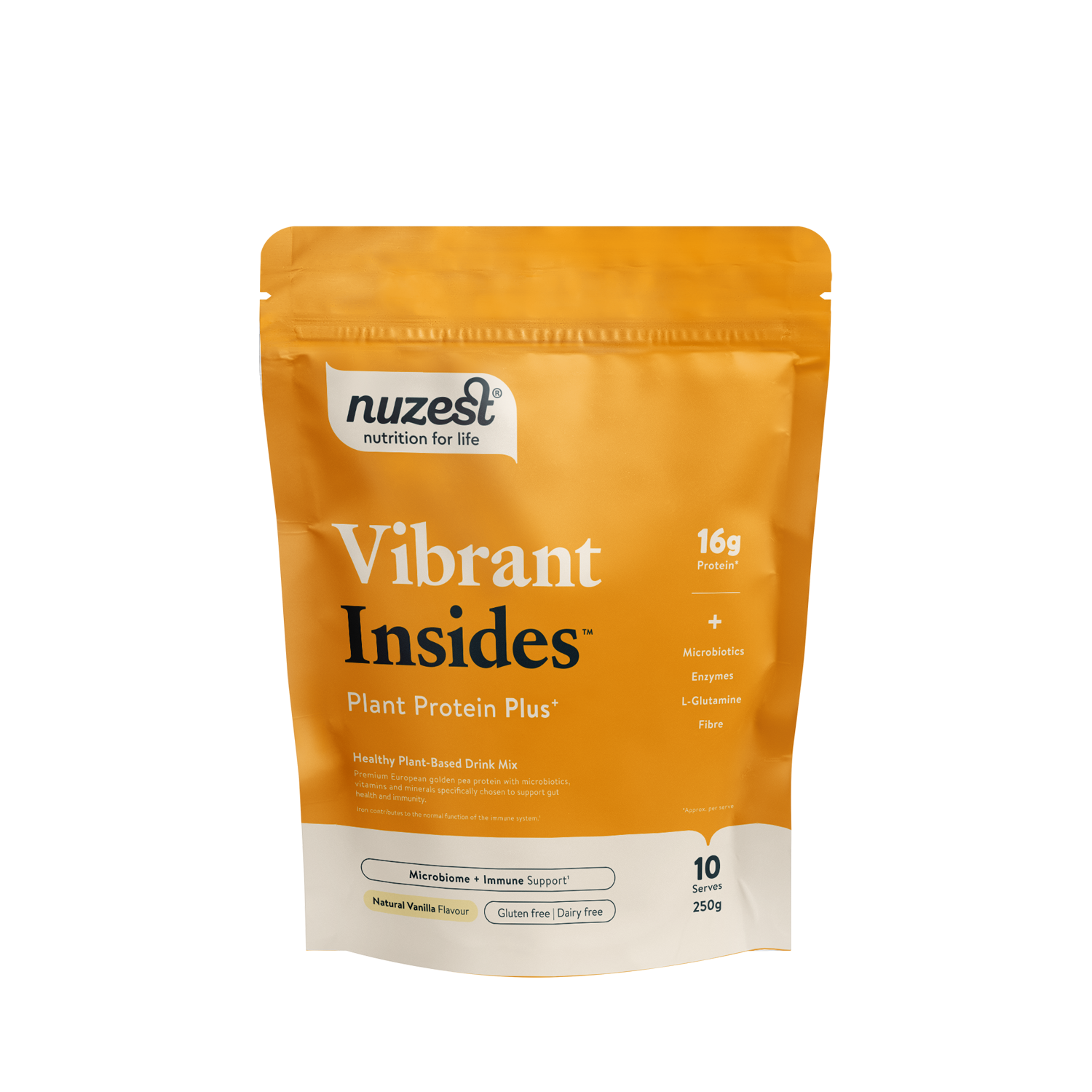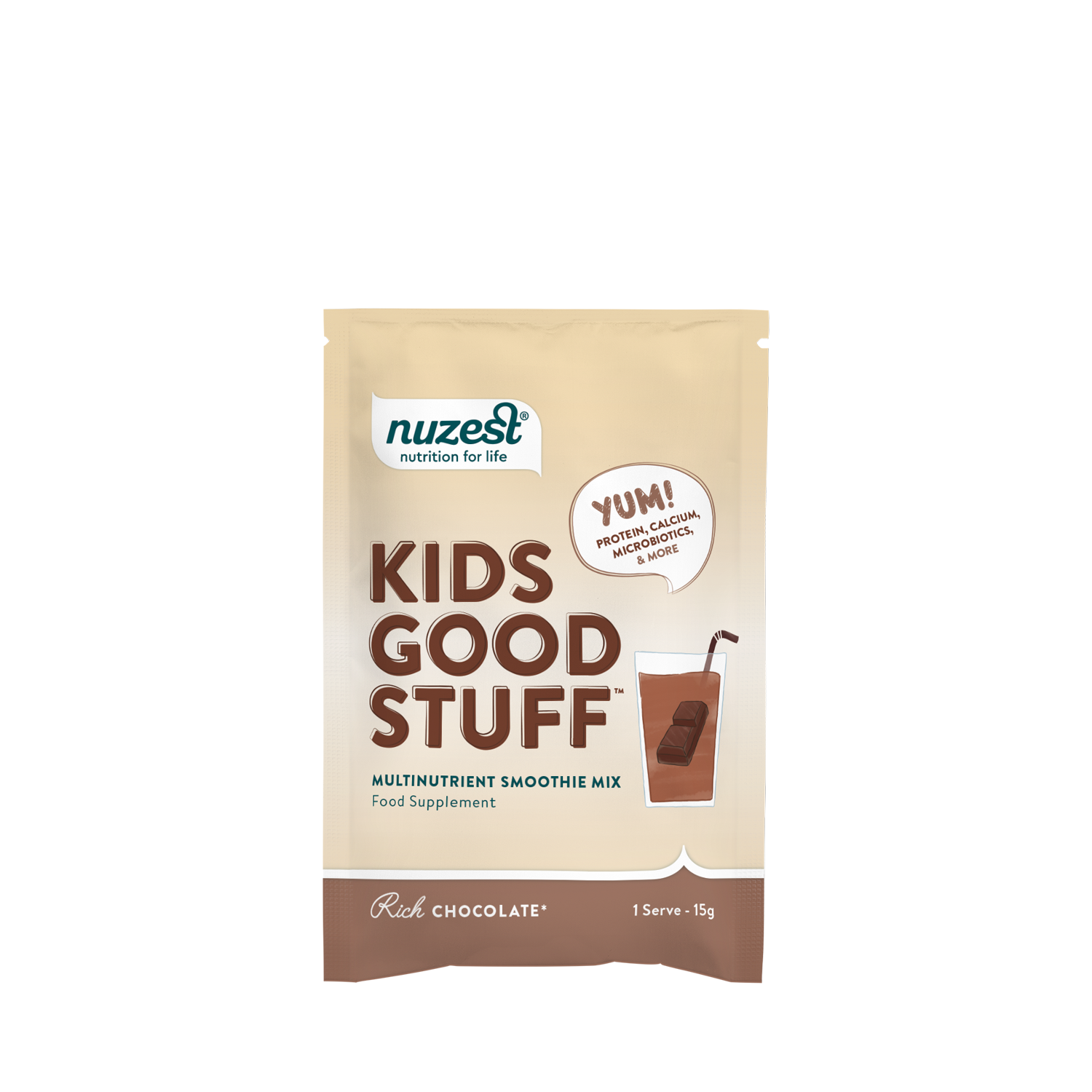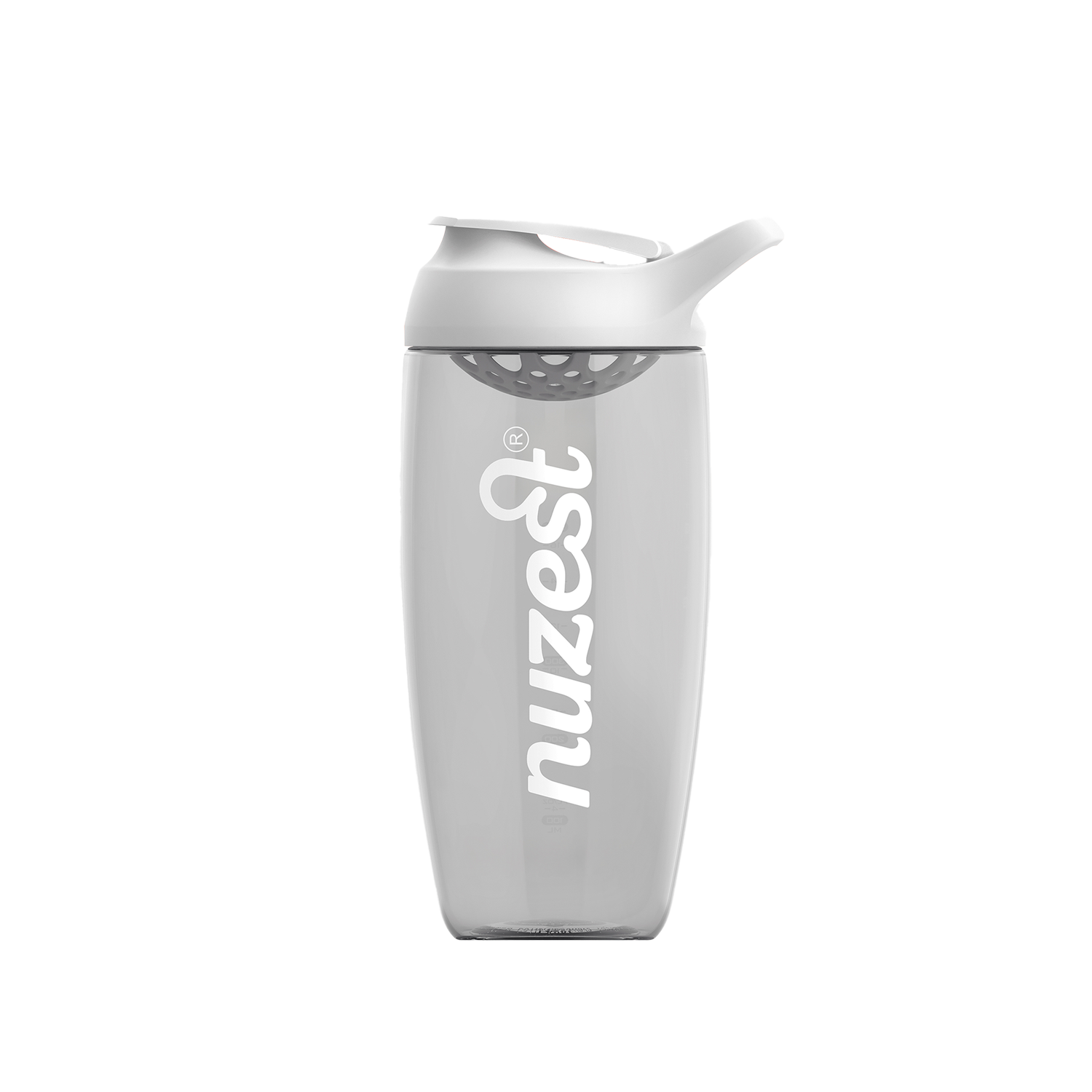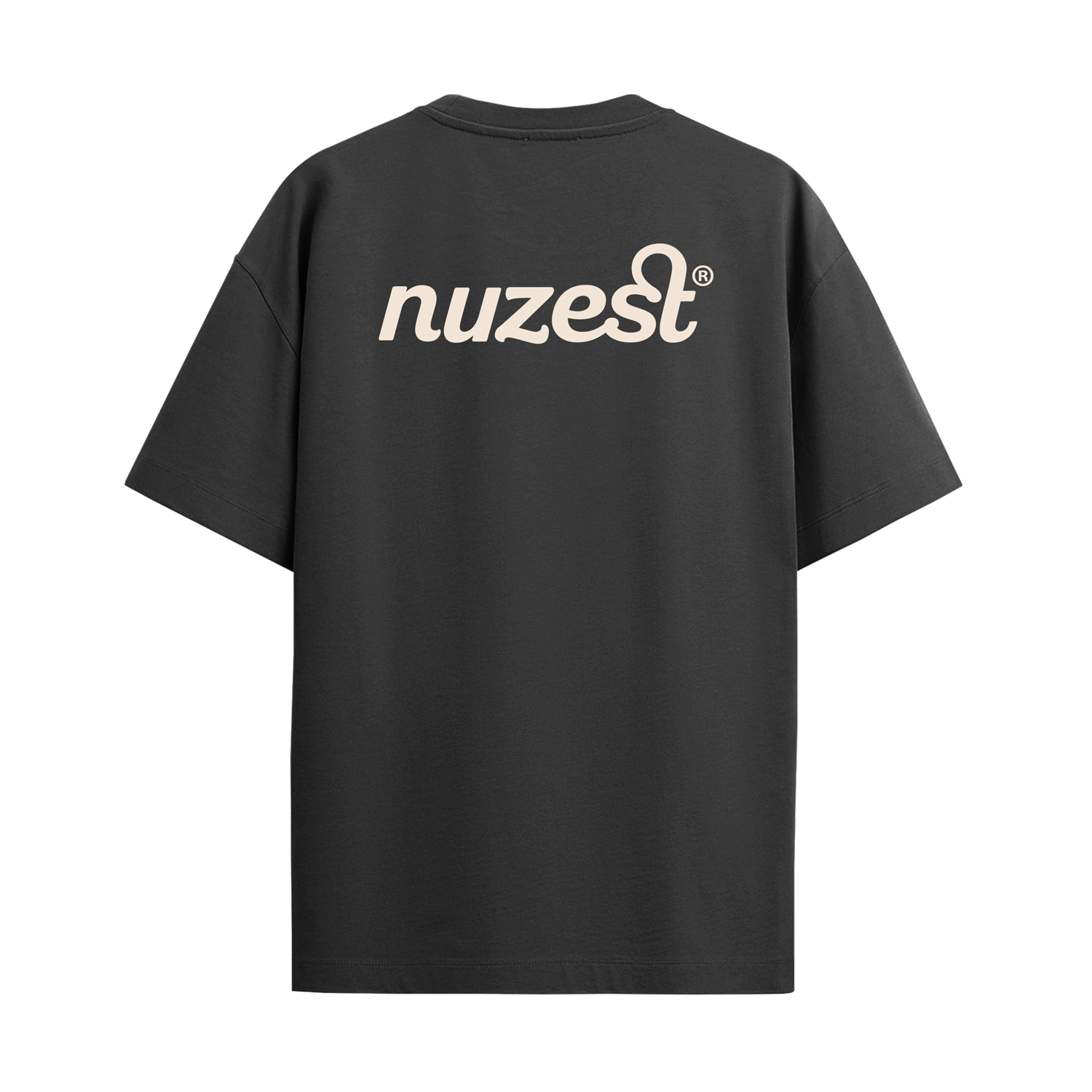Nettle
Urtica dioica
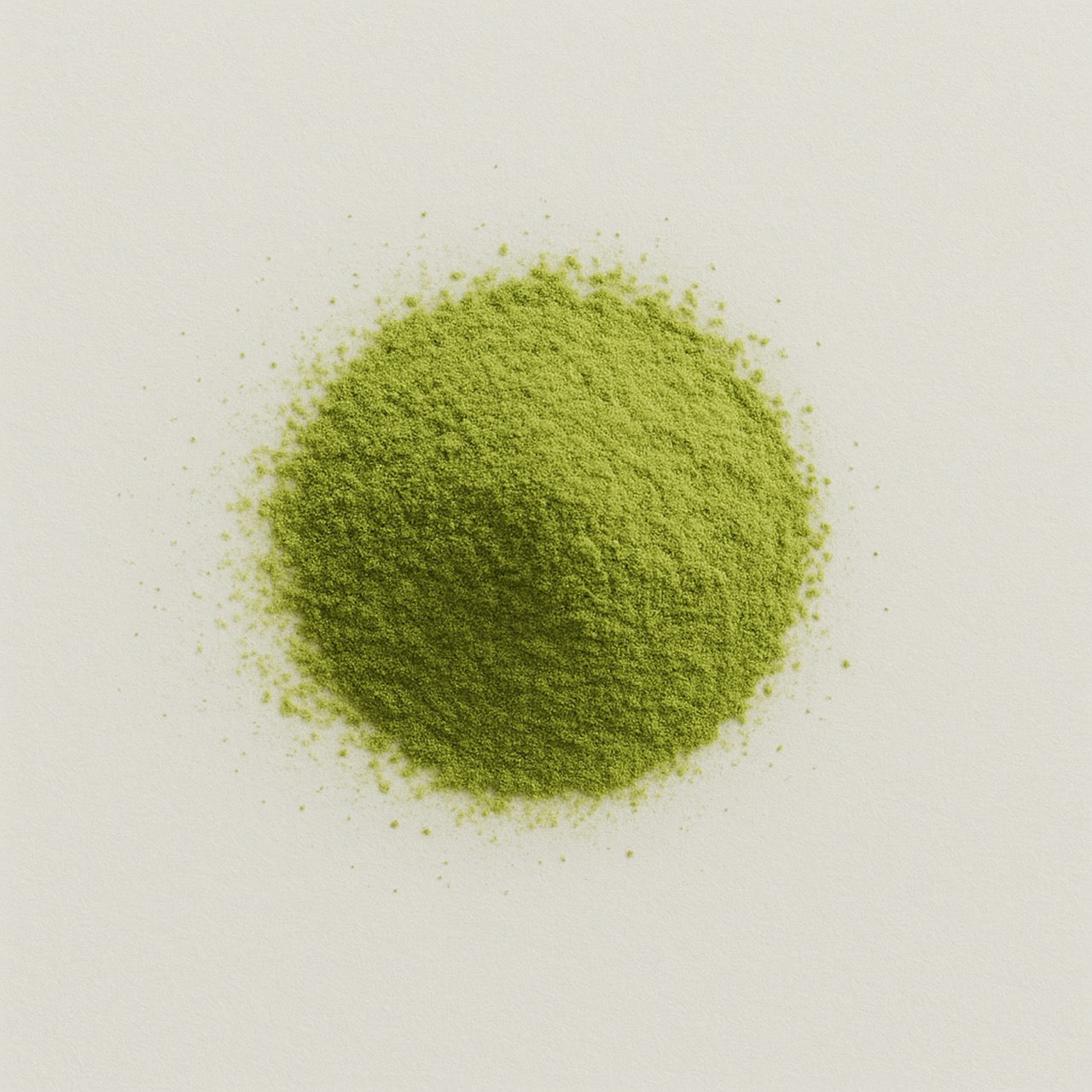
Nettle typically refers to Urtica dioica, a perennial plant known for its stinging hairs. The leaves and roots are used dried, powdered, or extracted in herbal products.
Products:
Is Nettle Anti-Inflammatory?
Nettle possesses naturally occurring anti-inflammatory compounds. It has traditionally been used to help relieve symptoms associated with inflammatory conditions such as arthritis and joint discomfort. Bioactive constituents, including flavonoids and phenolic acids, are thought to contribute to its ability to modulate inflammatory pathways.¹ ²
Does Nettle Contain Antioxidant Properties?
This herb is also a rich source of antioxidants such as vitamin C, carotenoids, and flavonoids.³ These compounds contribute to the body’s defence against oxidative stress by neutralising free radicals, which may help protect cells from damage. Through this mechanism, nettle may support overall health and contribute to the reduction of risk factors associated with chronic disease.³
Nettle and Nutritional Balance
As a nutrient-dense herb, nettle offers a variety of essential vitamins and minerals. It provides vitamins A, C, and K, along with several B vitamins. Rich in minerals such as magnesium, calcium, potassium, and iron, nettle contributes to functions such as bone maintenance, immune system support, and energy production.⁴
Does Nettle Contain Iron?
Nettle is also a notable plant-based source of iron, an essential mineral involved in red blood cell formation and the prevention of iron-deficiency anaemia. For individuals following plant-based diets, regular consumption of nettle may support dietary iron intake, offering a natural alternative to conventional iron supplements.⁵
Are Nettle and Stinging Nettle the Same?
The terms "nettle" and "stinging nettle" both refer to the same species, Urtica dioica. The name "stinging nettle" originates from the plant’s fine hairs, which can cause mild and temporary skin irritation upon contact. However, when properly prepared and used—either topically or as a dietary component—the plant offers a range of potential health benefits.⁶ ⁷
